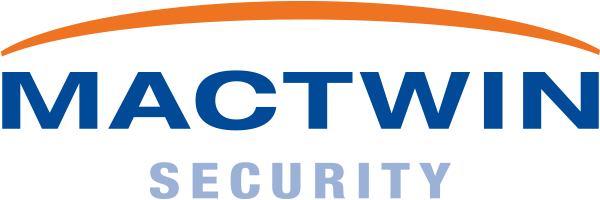Cameras are often used to prevent crime and collect evidence. However, in industrial and logistical environments, the possibilities extend much further. With smart camera systems and video management software, you can not only enhance security but also optimize processes, automate quality controls, and accelerate logistical flows.
Beyond Security
While crime prevention remains an important pillar, cameras in industrial and logistical environments offer many additional benefits. For example:
- Quality control: With automatic detection of deviations (color, shape, or temperature), you can intervene faster and prevent waste.
- Process optimization: Video analysis detects malfunctions and errors early, minimizing downtime and reducing energy costs.
- Logistical acceleration: By linking camera images with barcodes or license plates, you can easily keep track of inventories and minimize errors.
- Safety monitoring & Safety functions: Cameras can not only monitor compliance with rules but also intervene directly in unsafe situations, for example via an automatic stop function.
The great advantage is that these applications often build upon existing infrastructure. With a smart upgrade of hardware and software, many current camera installations are already suitable for extensive process monitoring.
In Practice
License Plate and Barcode Recognition
With advanced image processing, a camera system can automatically scan codes and labels. This accelerates the logistics chain and reduces the number of human errors. Operators see in real-time where products are located.
Process Optimization
By detecting deviations early—for example through thermal or optical detection—operators can intervene immediately. This significantly reduces downtime and production loss.
Safety and Security
Safety remains crucial. In addition to detecting unauthorized access, the same technology can also check whether employees are adhering to safety regulations (such as wearing protective clothing).
Safety Shutdown
A modern extension is the safety-stop function. In environments with heavy machinery or vehicles, camera systems can:
- Monitor high-risk zones: Recognize when a person comes too close and immediately activate an alarm.
- Interrupt processes: Automatically stop vehicles or production lines if an employee is within a dangerous distance.
- Detect thermal and optical deviations: Identify problems such as overheating or smoldering early on.
This seamless integration with safety procedures prevents accidents and enables a rapid response to threatening situations.
Modern Technology for Complete Overview
Modern cameras go beyond passive observation. They can:
- Deploy thermal and optical detection to recognize overheating, smoldering, or product deviations.
- Apply Video Content Analysis (VCA) for automatic tracking of movement or following objects according to preset parameters.
- Support quality control by checking in real-time whether products meet specific requirements (shape, size, color).
- Activate safety mechanisms and halt processes upon detection of a high-risk situation.
All these functions can be integrated into one system and centrally managed via a video management platform. This allows for easy data sharing between departments, from operations to quality control.
Future-proof with an Intuitive VMS
The success of these solutions heavily depends on user-friendliness. With an intuitive video management system, operators and managers can effortlessly filter, analyze, and store camera footage. You respond faster to incidents and optimize where necessary. Moreover, the system is often scalable: organizations can grow without immediately having to replace their entire infrastructure.
Privacy and Compliance with Legislation
In addition to the technical possibilities, it is essential to consider privacy rules and legislation, such as the GDPR. Modern camera systems offer various functions to protect personal data:
- Automatic anonymization: Automatically blurring or blocking faces and license plates in the live feed and stored images.
- Role-based access control: Only authorized users can view sensitive video fragments.
- Encrypted data storage: Images are securely stored and only accessible through the video management system.
- Audit trails: All viewing, download, and modification actions are logged, so you always have an overview of who has had access.
These provisions ensure that you comply with applicable privacy guidelines and that the safety of employees and visitors is guaranteed, without compromising on the benefits of smart cameras.
